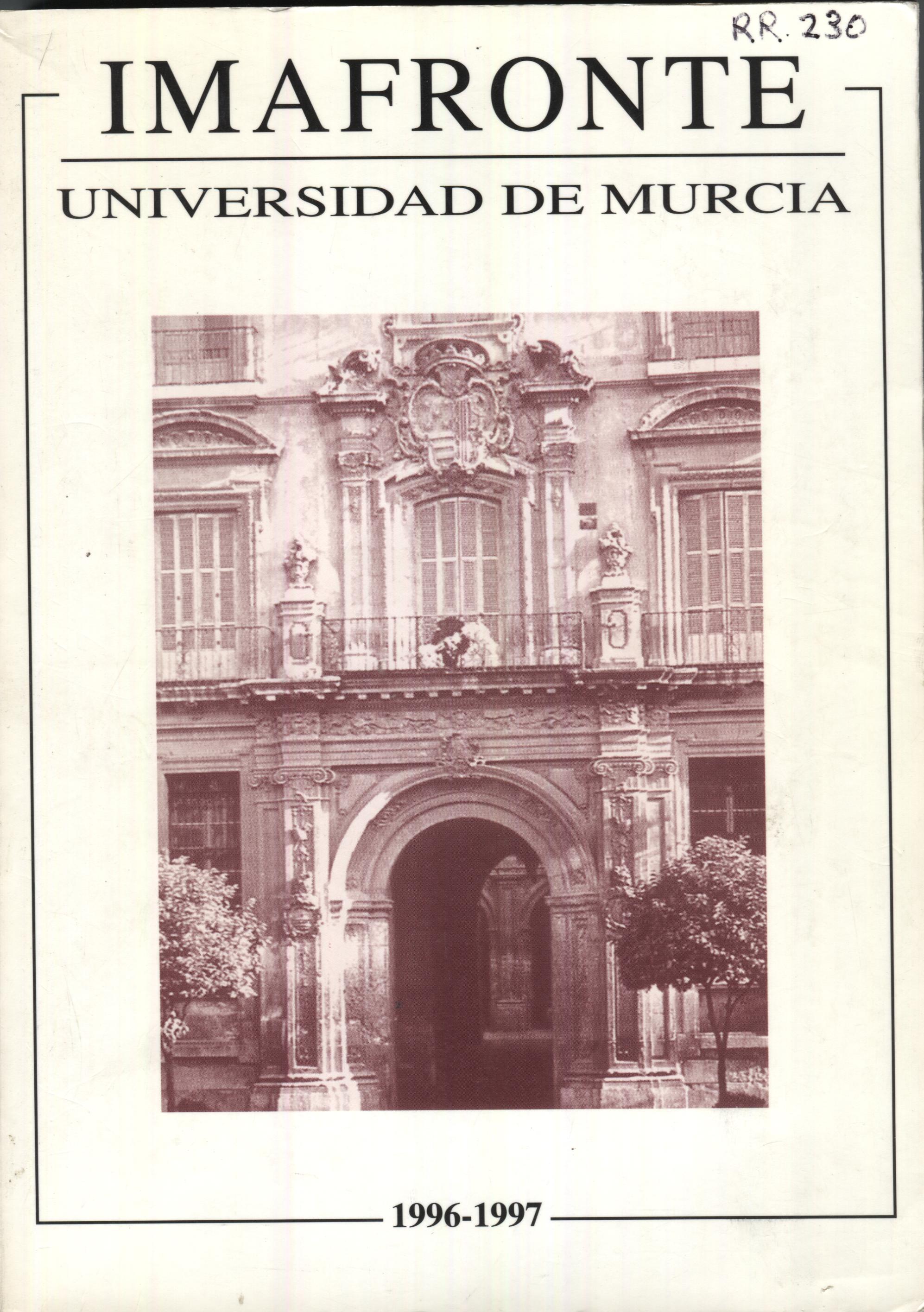ALGUNOS ASPECTOS DEL ARTE TEXTIL DE OSTENTACIÓN EN MURCIA: ALFOMBRAS, COLGADURAS Y TAPICES DE LOS SIGLOS XVII Y XVIII
Resumen
This paper concerns the study, in a local Murcian context, of the development and importante of textile coverings (rugs, drapes, canopies. cloths ornamented with the coat of arms and tapisteries) in the decoration of civil and domestic as well as religious interiors throughout the 17th and 18th centuries. The high quality of these objects of luxury made the owners demand more sumptuous pieces in which there were borders in precious materials as well as textiles of extraordinary value. As important are the interiors of palaces and noble houses, the jorm, arrangement andplacing of the drapery and textiles as well as the craftsmen responsable for them and the artistic centres where they were made, that were not always in the city of Murcia. Apart from an abundant documentation, hitherto unedited. the existence in the Murcian cathedral freasury of a splendid Rococo rugfabricated in the Royal Factory of Carpets in Cuenca is commented upon, dated in 1783 and used in the most solemn acts that took place in that sacred religious space.Descargas
-
Resumen610
-
PDF212
Las obras que se publican en esta revista están sujetas a los siguientes términos:
1. Los autores ceden de forma no exclusiva a la revista los derechos de explotación (reproducción, distribución, comunicación y transformación).
2. Las obras que se publican en esta revista están sujetas a la licencia Attribution-ShareAlike 4.0 International (CC By SA 4.0). Por lo que se pueden copiar, usar, difundir, transmitir y exponer públicamente, siempre que:
i) se cite la autoría y la fuente original de su publicación (revista, editorial y URL de la obra), permitiendo así su reconocimiento.
ii) se permite remezclar, transfromar o crear a partir del material mientras se mantenga la misma licencia del original.
3. Condiciones de auto-archivo. Se permite y se anima a los autores a difundir electrónicamente las versiones pre-print (versión antes de ser evaluada) y/o post-print (versión evaluada y aceptada para su publicación) de sus obras antes de su publicación, ya que favorece su circulación y difusión más temprana y con ello un posible aumento en su citación y alcance entre la comunidad académica. Color RoMEO: verde.
























